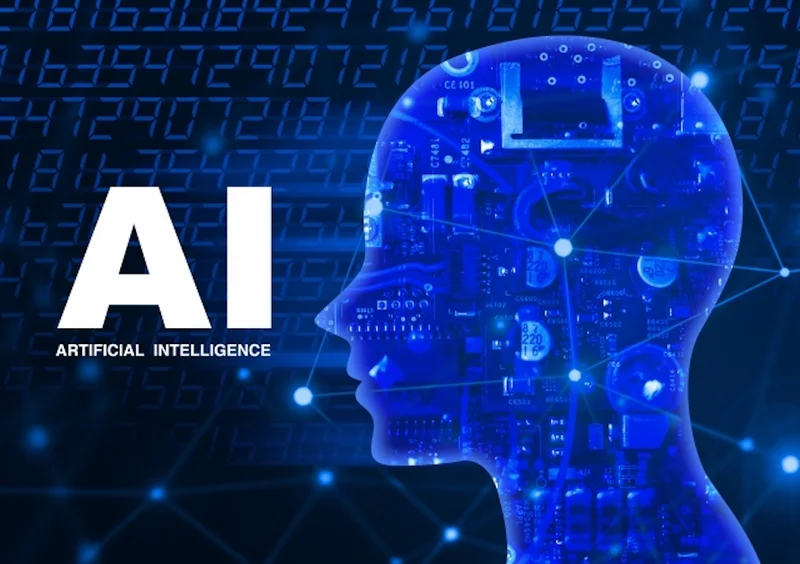The AI Revolution's Next Giant Leap: Orbit
Imagine a world where the boundless energy of the sun fuels the engines of artificial intelligence, untethered from the constraints of our planet. It sounds like science fiction, right? Well, Google's Project Suncatcher is turning that vision into a tangible reality—and it's a game-changer. The idea? To put AI datacenters in space.
This isn't just about tech companies wanting more processing power; it's about fundamentally rethinking how we approach AI, energy, and sustainability. Think about it: current AI development is ravenously consuming resources here on Earth. All those server farms need power and cooling, contributing to a growing carbon footprint. But what if we could tap into the virtually limitless solar energy available in space? What if we could minimize the environmental impact while simultaneously unlocking unprecedented computational power?
A Paradigm Shift in Computing
Google's plan, as unveiled recently, involves constellations of solar-powered satellites, each packed with Google's own Tensor Processing Units (TPUs)—specialized chips designed for AI tasks. These satellites, linked by high-bandwidth optical connections, would essentially function as floating datacenters, beaming their results back to Earth. The implications of this are, frankly, staggering.
We're talking about a potential eightfold increase in solar panel productivity compared to terrestrial installations, and near-continuous power generation. No more reliance on batteries, no more grappling with the limitations of Earth-based infrastructure. It's like going from the Pony Express to fiber optic cables, a quantum leap in capability. And with space launch costs plummeting, Google projects that by the mid-2030s, the running costs of these space-based datacenters could be comparable to those on Earth!
But the real magic here is the scalability. By using a modular design of smaller, interconnected satellites, Project Suncatcher lays the groundwork for a truly massive, future-proof AI infrastructure. It's not just about building bigger datacenters; it's about building a completely new kind of computing ecosystem.
This reminds me of the early days of the internet. People were skeptical, unsure of its potential, but a few visionaries saw the transformative power of connecting the world. Now, space-based AI might seem like a distant dream, but I believe it has the potential to revolutionize our world in ways we can only begin to imagine.
Of course, there are challenges. Google acknowledges the significant engineering hurdles that remain, such as thermal management, high-bandwidth ground communications, and ensuring the reliability of these systems in the harsh environment of space. And let's not forget the concerns raised by astronomers about the increasing number of satellites cluttering our view of the cosmos. It's a valid point—we need to proceed responsibly and consider the impact on scientific research.

But these challenges are not insurmountable. They are simply the next set of problems for brilliant minds to solve. And the potential rewards—cleaner, more powerful AI, accessible to all—are well worth the effort.
Joe Tigay, portfolio manager of the Rational Equity Armor Fund, recently voiced concerns that AI needs to show benefits to the broader economy to avoid a boom-to-bust cycle. He fears that AI-driven efficiency could lead to job losses and demand collapse. It's a valid concern, and one we need to address head-on. However, I see space-based AI as part of the solution. By unlocking new possibilities and driving innovation, it can create new industries, new jobs, and new opportunities for growth.
Consider this: the energy independence unlocked by space-based solar could reshape global power dynamics, creating a more equitable and sustainable world. The sheer computational power could accelerate scientific discovery, helping us tackle climate change, cure diseases, and solve some of humanity's most pressing challenges. It's not just about faster algorithms; it's about a better future.
And as Philip Johnston, co-founder of the startup Starcloud, put it, "In space, you get almost unlimited, low-cost renewable energy. The only cost on the environment will be on the launch, then there will be 10 times carbon dioxide savings over the life of the datacenter compared with powering the datacenter terrestrially.” This is the kind of thinking we need—bold, innovative, and focused on sustainability.
When I first read about Project Suncatcher, I honestly just felt a surge of hope. It's the kind of ambitious, audacious project that reminds me why I got into this field in the first place. It's not just about technology; it's about using technology to build a better world for everyone.
Reaching for the Stars, Powering the Future
This isn't just about Google's ambitions; it's about a fundamental shift in how we think about AI and its potential. It's about moving beyond the limitations of our planet and tapping into the boundless resources of space. It's about creating a future where AI is not just a tool for profit, but a force for good, driving innovation and solving the challenges that face us all. Google plans to put datacentres in space to meet demand for AI.
The Sky is No Longer the Limit
So, what does this all mean? It means the AI revolution is about to get a whole lot bigger—literally. It's time to look up, embrace the possibilities, and reach for the stars. The future of AI is not just on Earth; it's among the stars, and it's brighter than ever.










